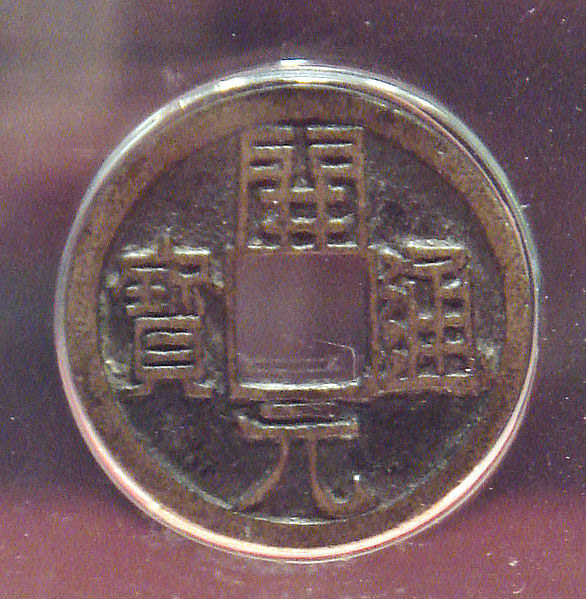 The Tang Dynasty was extraordinary in the history of China’s economic development. The Tang government devised various programs to bolster survival and economic improvement, both of which grew stronger as time went by.
The Tang Dynasty was extraordinary in the history of China’s economic development. The Tang government devised various programs to bolster survival and economic improvement, both of which grew stronger as time went by.
In the early Tang Dynasty, agricultural production declined terribly, affecting the national economy negatively. This changed later after Tang Dynasty was reunified under the leadership of Emperor Gaozu (566-635), who ruled as emperor from 618 to 626. The Emperor came up with reforms in agriculture and successfully implemented Juntian Zhi which was all about land equalization and the Zuyongdiao system. All these systems improved efficiency in production and ultimately improved the economy of China. This was also attributed to improvements in agricultural techniques and tools. Irrigation was also used to grow crops in areas that were arid but were very fertile as this improved the economy which was regarded as a source of power in the Dynasty (Taxes from land allotment were important source of income in the Dynasty). It should be noted that these developments were more concentrated towards the south than the north.
The handicraft industry also played a role in the economy of Tang Dynasty as people engaged in textile technology especially silk making. They also engaged in the ceramics Industry, paper making, porcelain making, tea-leaf processing, metallurgical among other activities which helped boost their economy.
The people in Tang Dynasty were involved in commercial activities due to developed and improved agriculture and the handicraft industry. These paved way to both domestic and international trade with other countries, for example with India. Common trade goods include salt, foodstuffs, spirits, tea, medicine, gold, silver, and textiles. Cities were established wherever trading was strong, which then provided ready market for goods produced from the farms and handcraft sector. The development of the Silk Road led into marine trade also. Tang ships traded as far as the Persian Gulf.